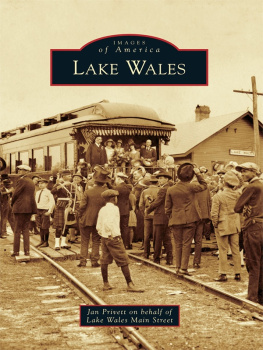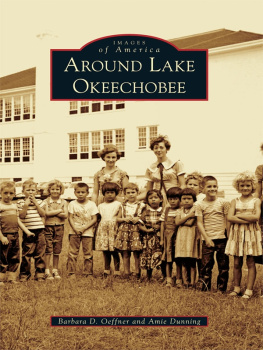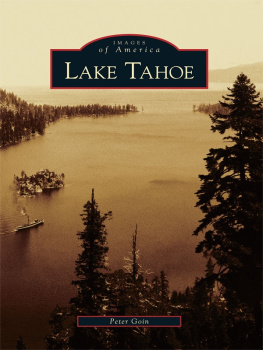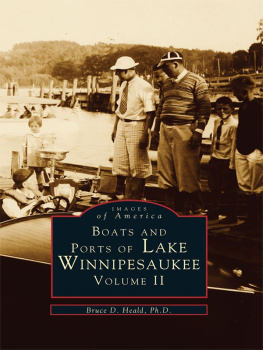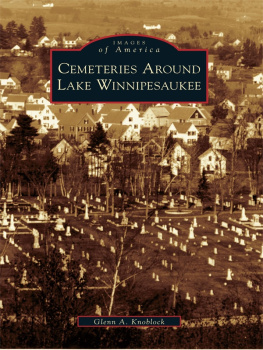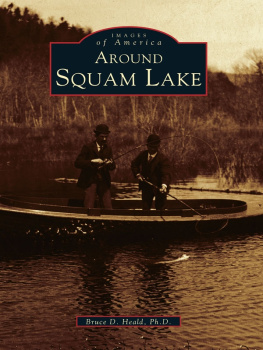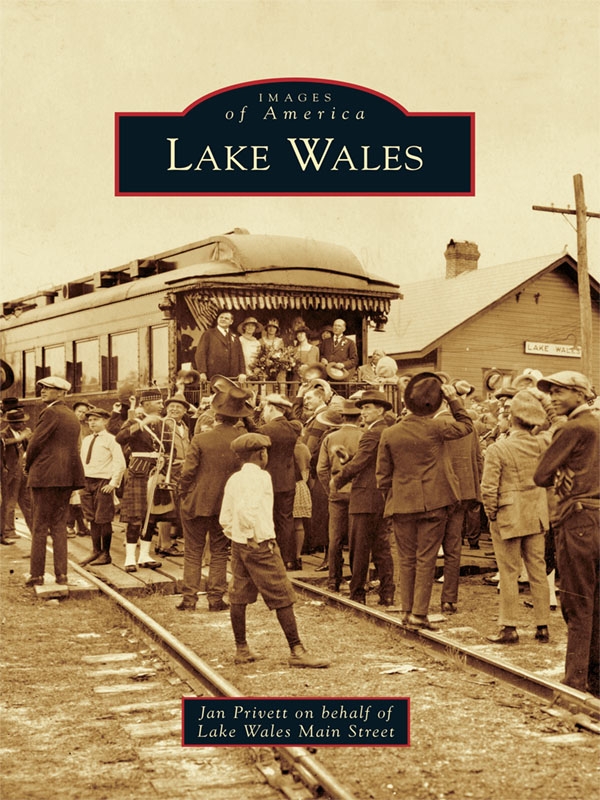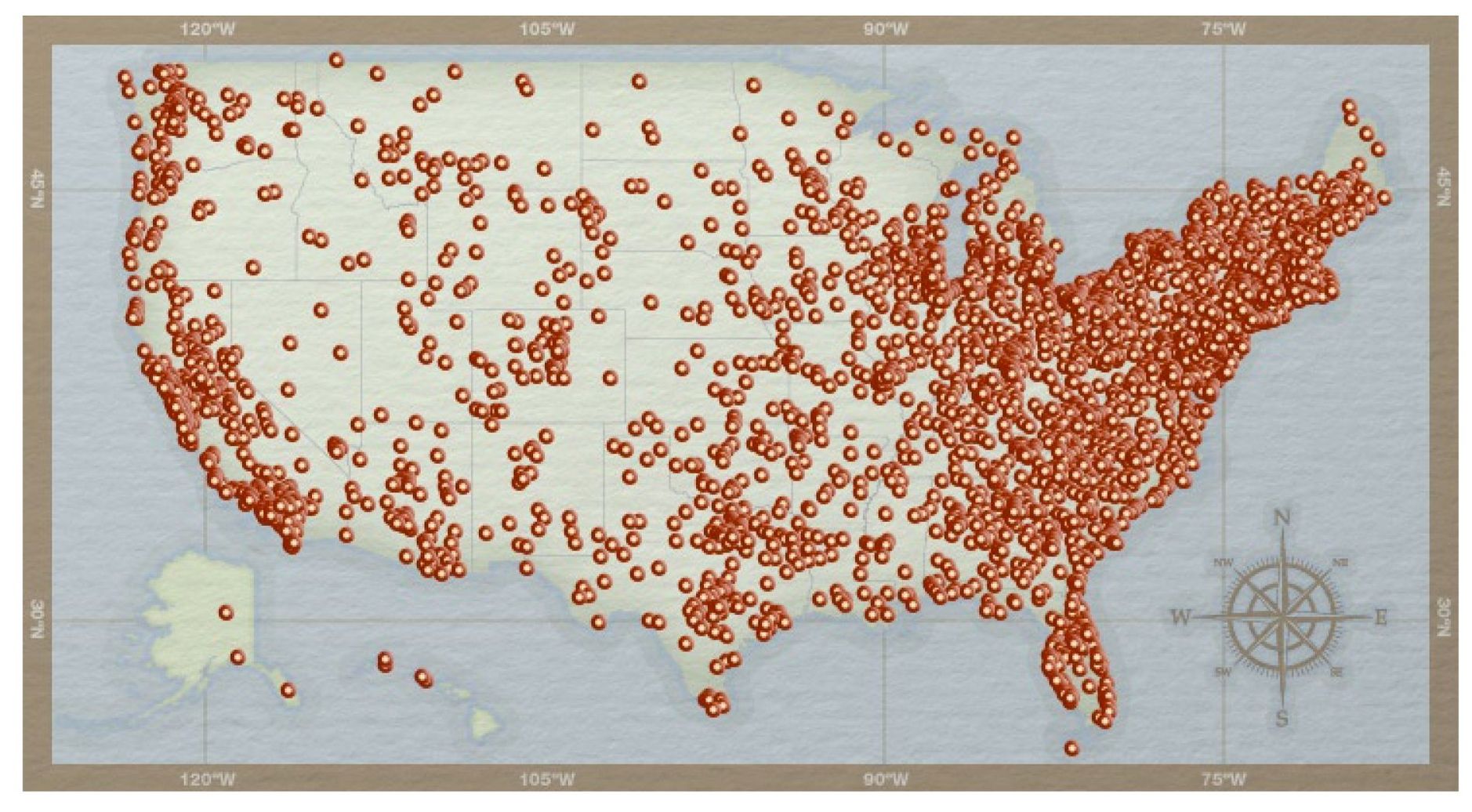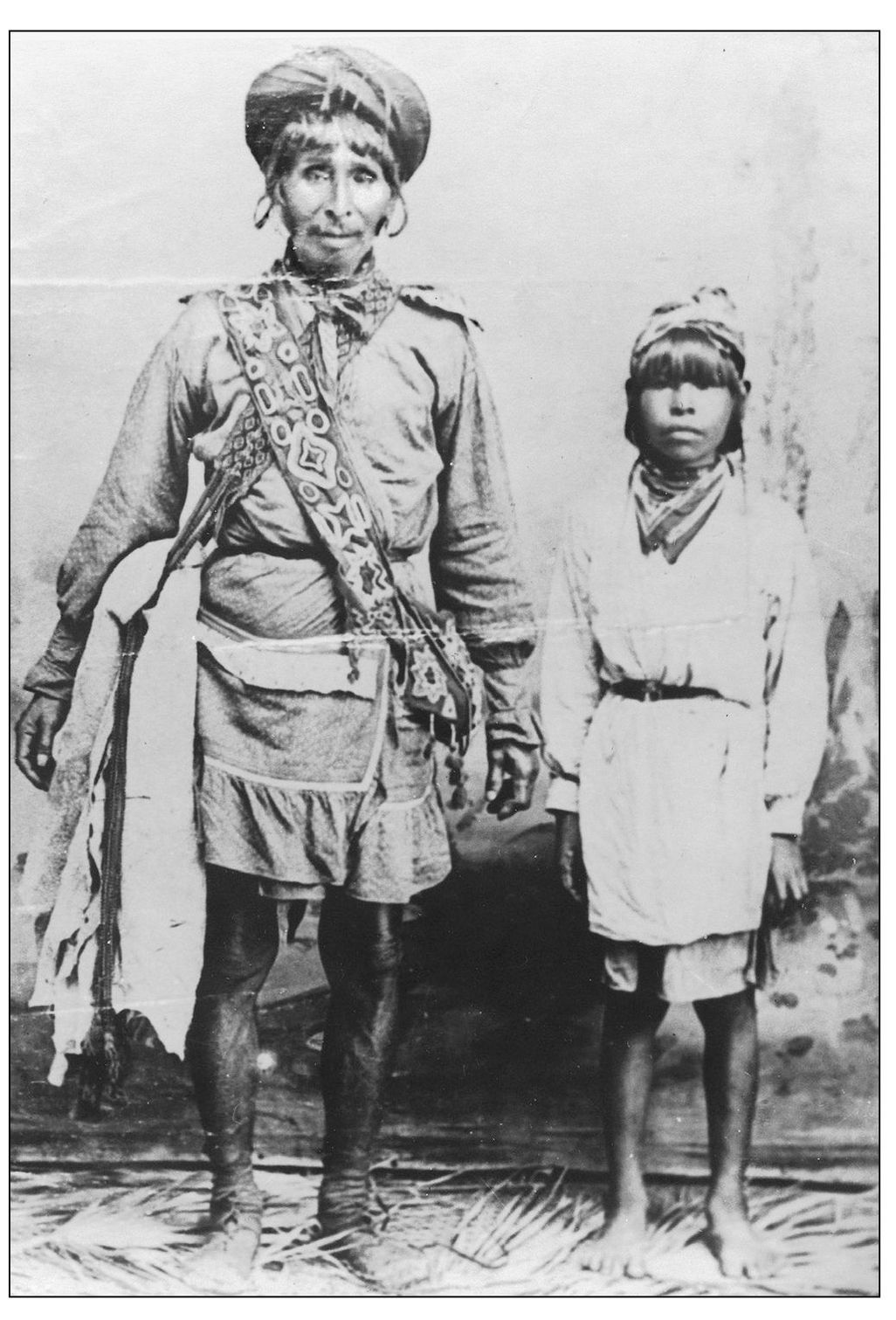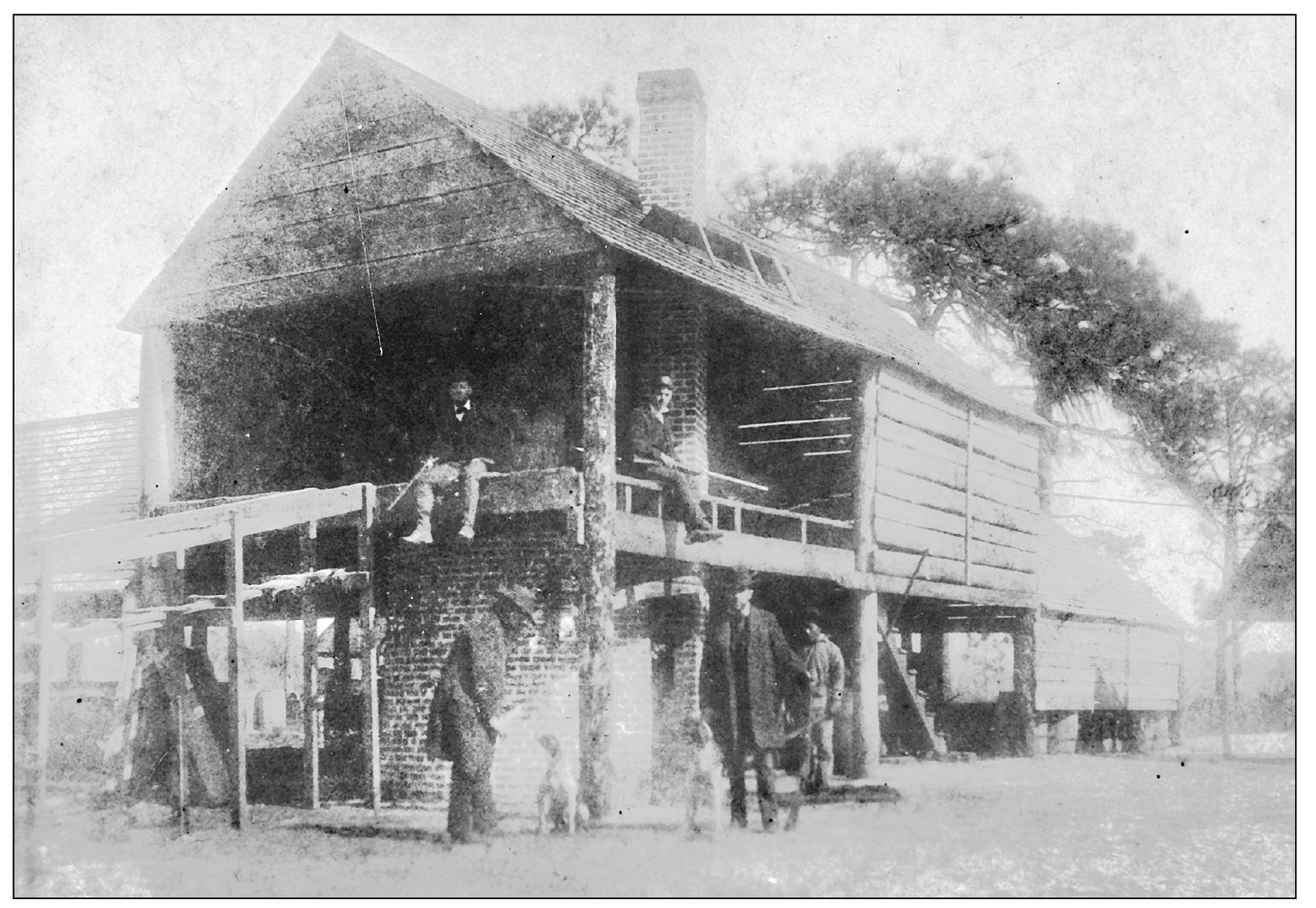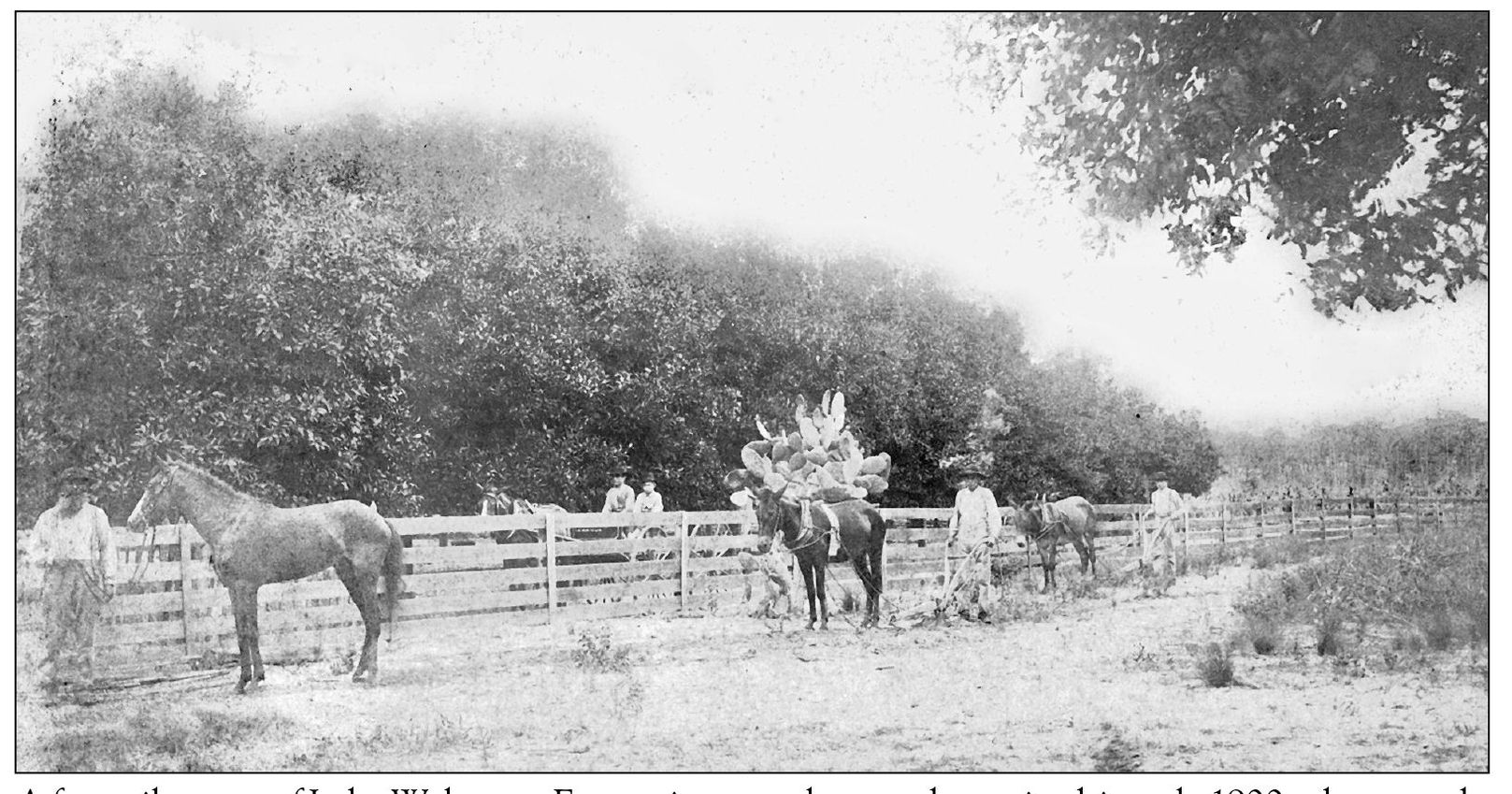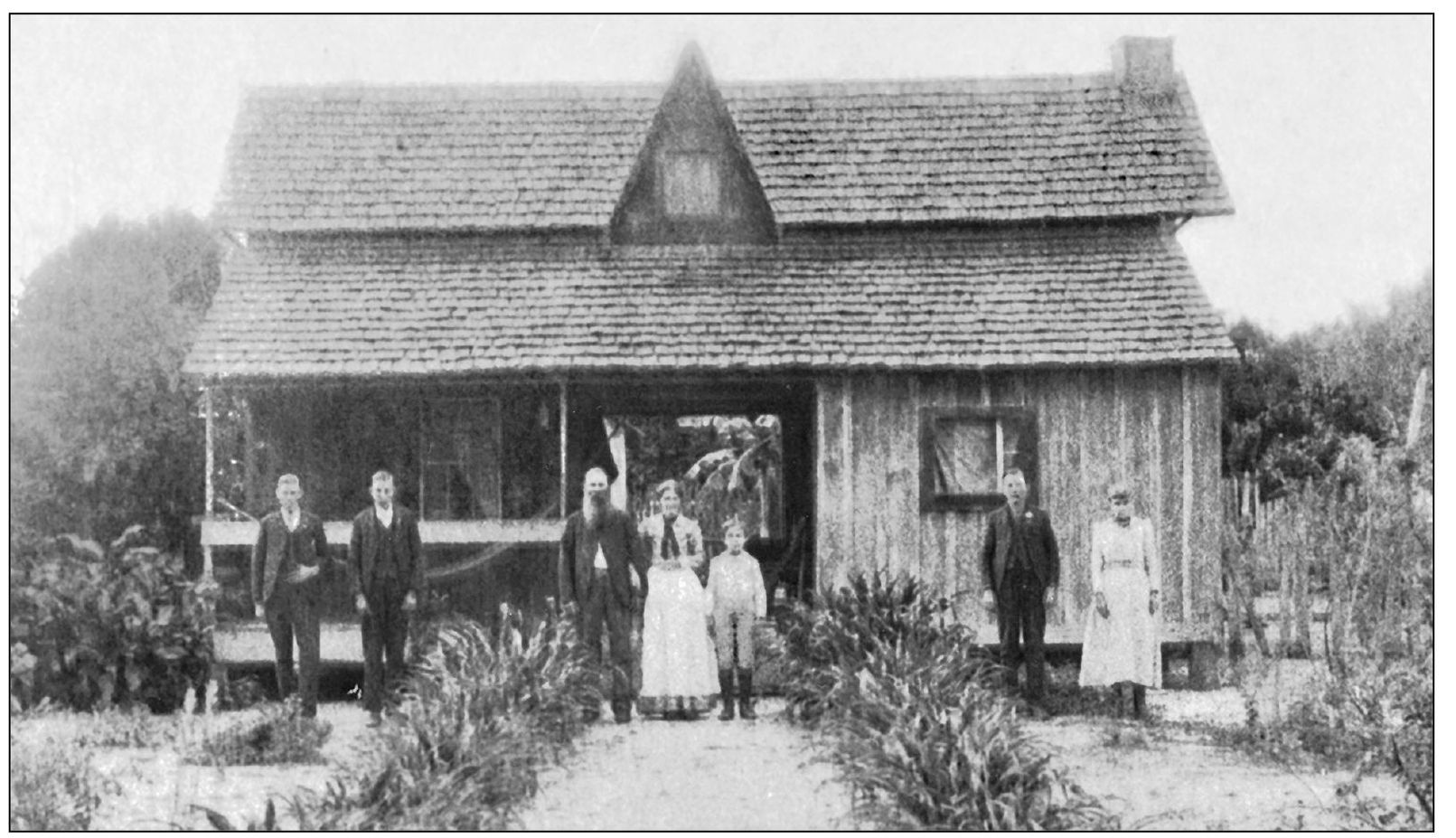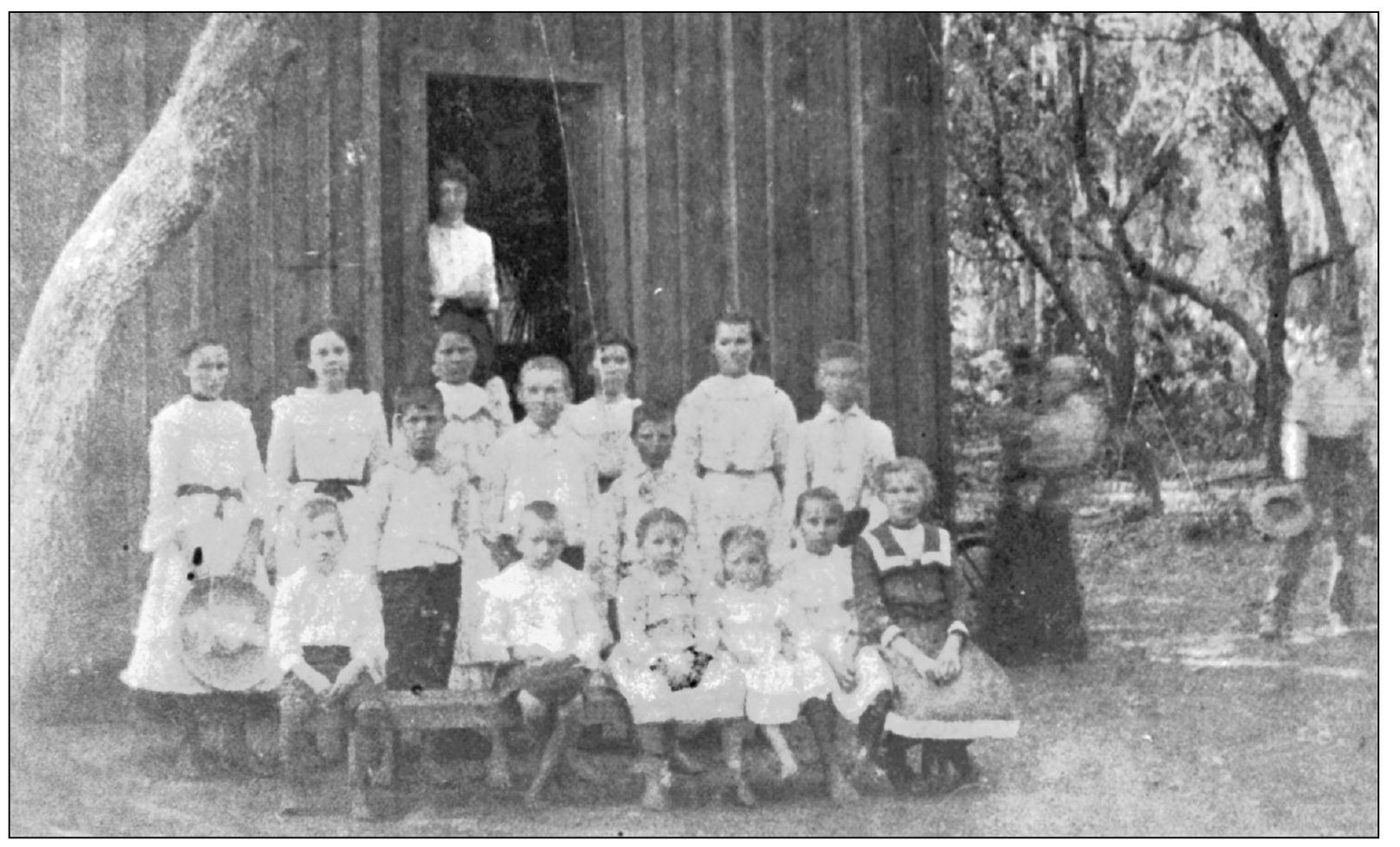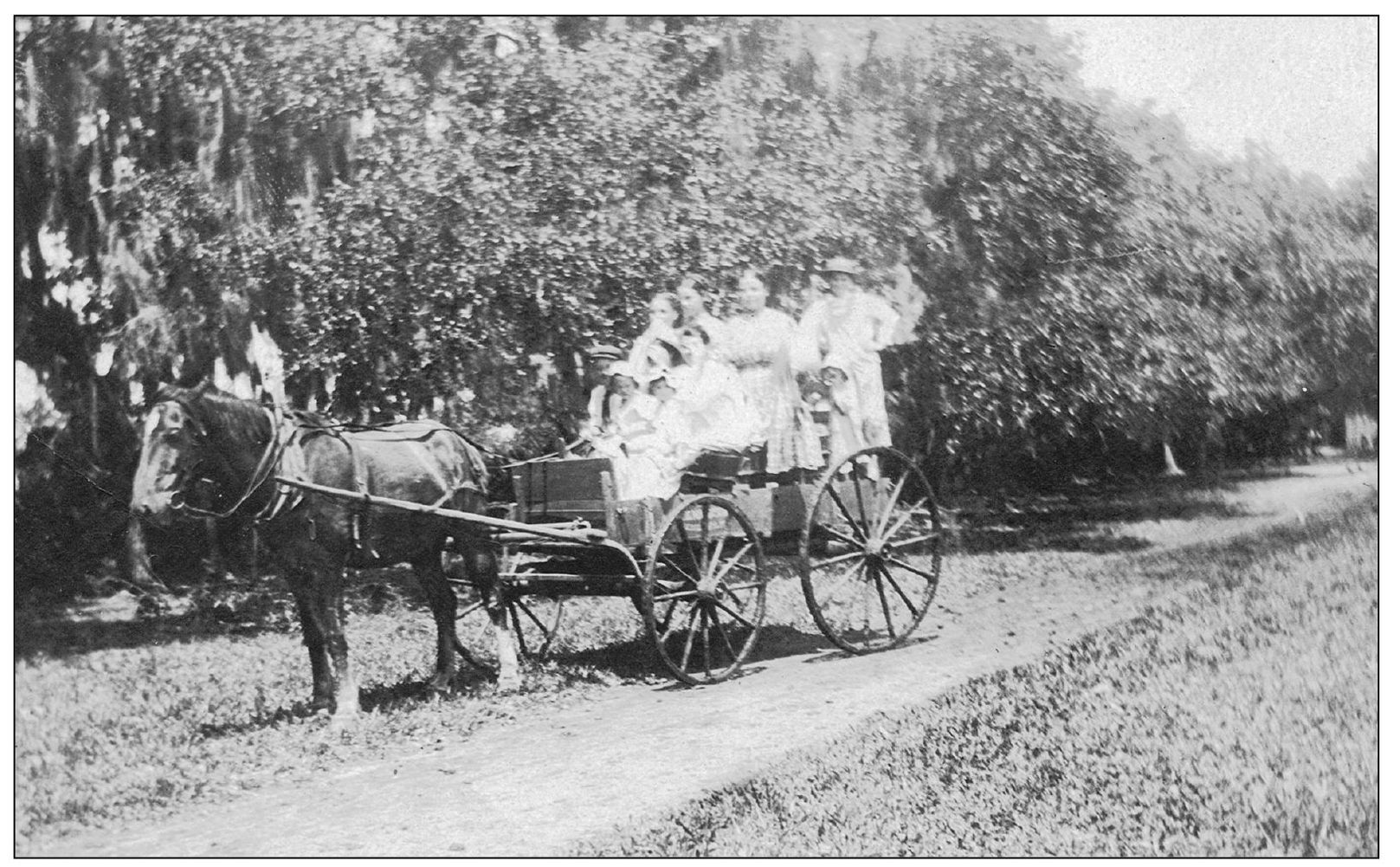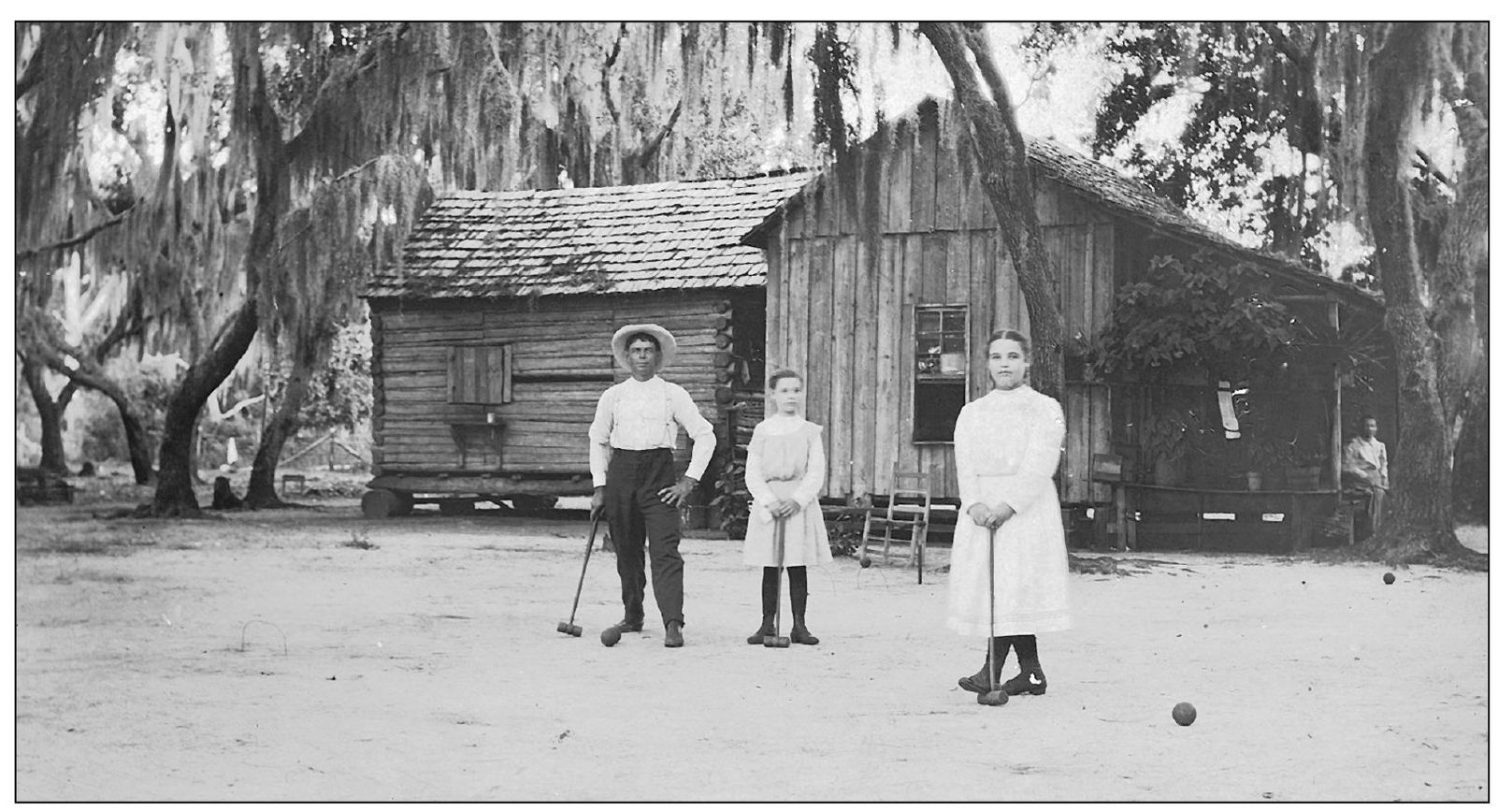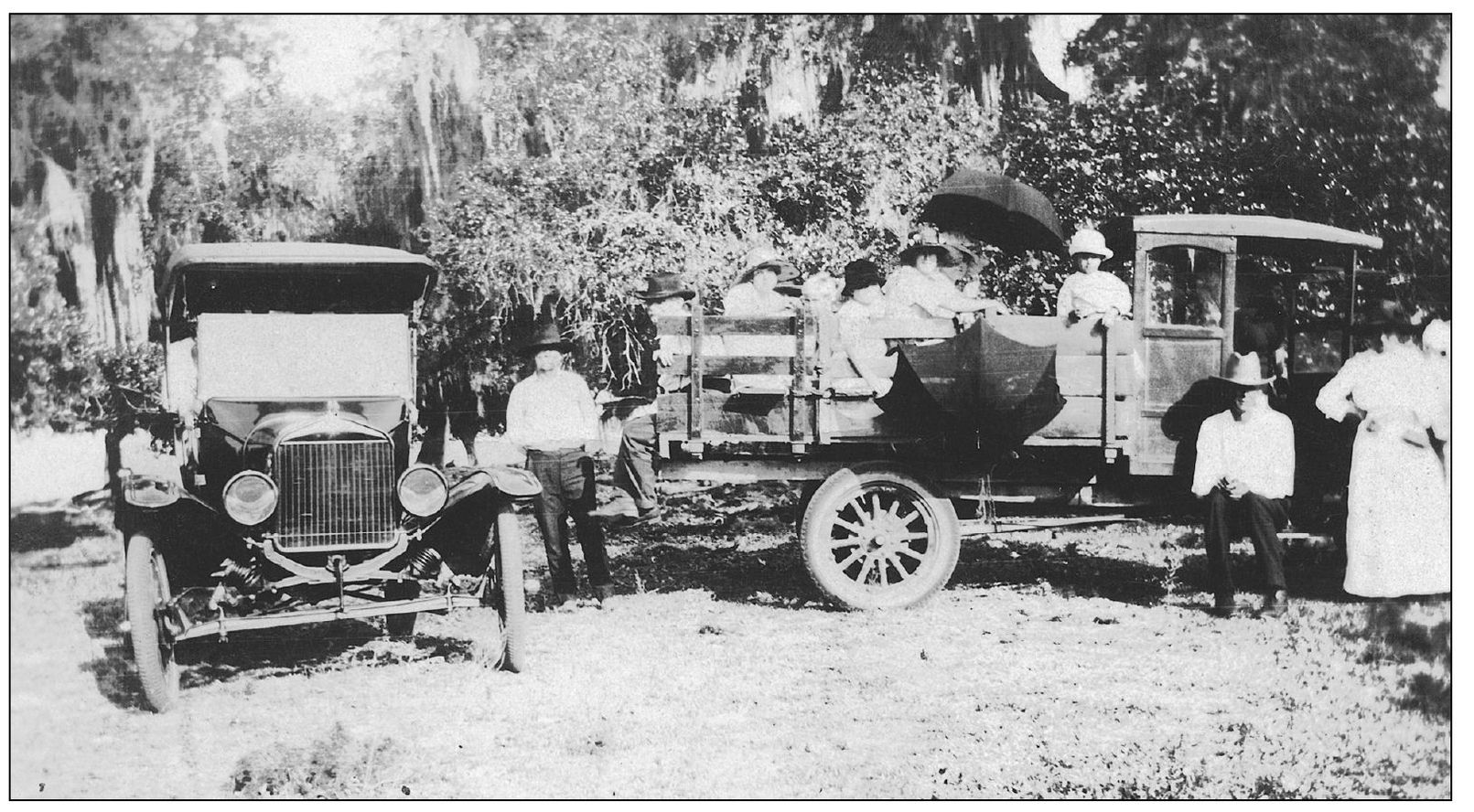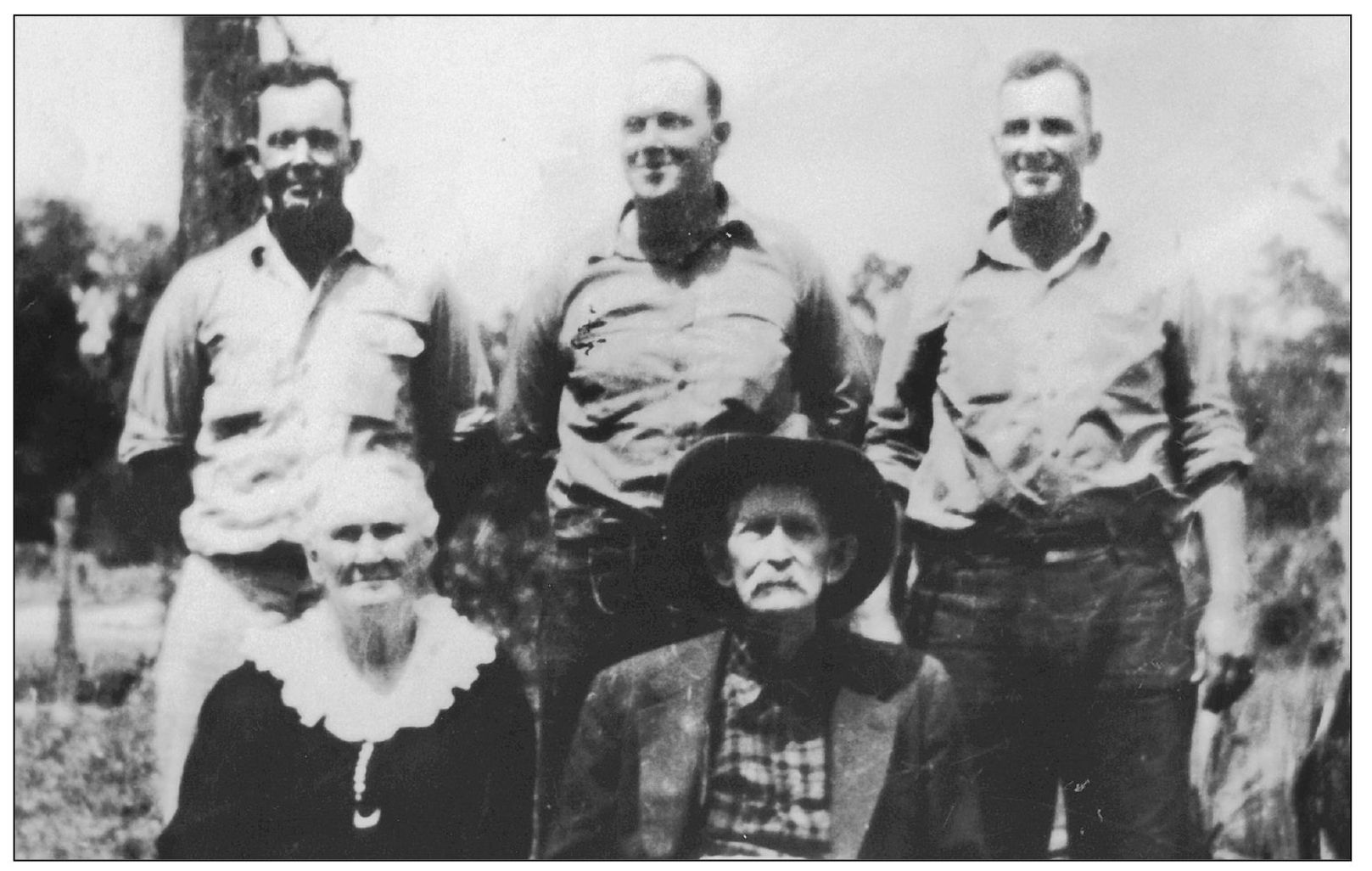ACKNOWLEDGMENTS
I would like to thank all the members of Lake Wales Main Street and especially the Board of Directors who supported this project from the beginning. This book would not have been possible without the years of work done by Historic Lake Wales Society, the Depot Museum, and Mimi Hardman, president and director, in preserving the historic buildings, memorabilia, written materials, video documentaries, and the priceless photographs that so beautifully tell the story of our history. The City of Lake Wales manager and commissioners deserve our deep appreciation for caring enough about preservation to support the two organizations whose mission it is to preserve the towns history: Lake Wales Main Street and the Historic Lake Wales Society.
I sincerely appreciate the fascinating photographs contributed directly by Bok Tower Gardens, Chalet Suzanne, Mayer Jewelers, Struthers Honey, Alcoma Caretakers, LLC, and all the families over the years who have generously contributed their precious photographs to the Depot Museum. I also wish to thank the Lake Wales Public Library and Tina Peak, director, for the use of the librarys photographic archives, and Tom Muir, curator of the Polk County Historical Museum, who was helpful in obtaining photographs from the Polk County Historical Association Collection. I am forever grateful to Mary Zipprer, a pioneer whose family was here before there was a town and who was herself an eyewitness to the growth of Lake Wales, for her contribution of knowledge and photographs.
Find more books like this at www.imagesofamerica.com
Search for your hometown history, your old stomping grounds, and even your favorite sports team.
One
FROM DREAM TO REALITY
Until the 1800s, only Native Americans and a few white hunters from distant settlements had roamed the virgin forests where Lake Wales would someday be. Chief Chipco was a famous Seminole Indian who refused to fight in the last Seminole war and became known as a friend to whites. Shown here with a young relative, he lived on Lake Marion a few miles from Lake Wales. (Courtesy of Polk County Historical Association, Polk County Museum.)
This turpentine distillery was located in the Kissimmee River area in southeastern Polk County in the late 1800s. Thick, old-growth longleaf pine forests covered most of Florida and stretched up into North and South Carolina in those days. The pioneers found many more uses for the pine trees than just turpentine, including lumber for homes and wood for tools and furniture. (Courtesy of Mary Zipprer.)
A few miles west of Lake Wales was Enterprise, a settlement shown in this early 1900s photograph. The people who lived there were vegetable farmers, citrus growers, and cattle ranchers. When the government dug canals around the settlement to drain the flat, low land, cows grew sick and died of starvation on the overly dry pastures. After that, the area became known to locals as Sick Island. (Courtesy of Mary Zipprer.)
Pictured here is the Steve Clark family in the late 1800s in front of their home located a few miles from the future site of Lake Wales. After recovering from wounds received fighting in the Civil War, Clark moved his family from Georgia to Florida. The pioneer families drawn to southeastern Polk County in the 1800s were mostly cattlemen and farmers. (Picture from Mary Zipprer; courtesy of Polk County Historical Association, Polk County Museum.)
Many rural schools in the early 1900s were one-room buildings constructed by the local community with lumber from nearby trees. The school pictured here was located near Lake Rosalie. These unidentified children were fortunate to have a school building since many rural areas were unable to even provide a teacher. William and Evelyn Zipprer attended this school until the first school opened in Lake Wales in 1914. (Picture from Mary Zipprer; courtesy of Polk County Historical Association, Polk County Museum.)
Elbert, Emma, and Mae Wood are seated in the front seat of this carriage near Lake Rosalie in the early 1900s. The women and children in the back seat are unidentified. A trip to town in a horse-drawn carriage could take a day or two when most of the countryside had no roads like the one shown here. Wagons would often get mired in the soft sand. (Courtesy of Mary Zipprer.)
Will Hancock plays the popular game of croquet with Mae and Emma Wood in this early 1900s photograph. An unidentified woman enjoys the shade of the porch in this homestead on Lake Rosalie near Lake Wales. This was Mary Zipprers grandmothers home; Mary spend many days here. She later became a teacher in Lake Wales. (Courtesy of Mary Zipprer.)
Aaron Gideon Zipprer (not shown here) was released from duty during the Civil War to return to Polk County and supply cattle to the Confederate army, something many Central Floridian cattlemen did during the war. His descendants lived a few miles from Lake Wales on Lake Rosalie. Like most area residents, they raised cattle, citrus trees, and vegetable crops. This photograph was taken about 1920 of the Zipprer family dressed for a social occasion. (Courtesy of Mary Zipprer.)
As a teenager, Mary Zipprer rides her favorite horse in this 1930s photograph taken near Lake Rosalie. Her pioneer family was here before there was a town, and she was an eyewitness to the towns birth and growth. She contributed to the education of Lake Wales children as a teacher. Now retired, she has continued to educate younger learners by donating several pictures to this project. (Courtesy of Mary Zipprer.)

